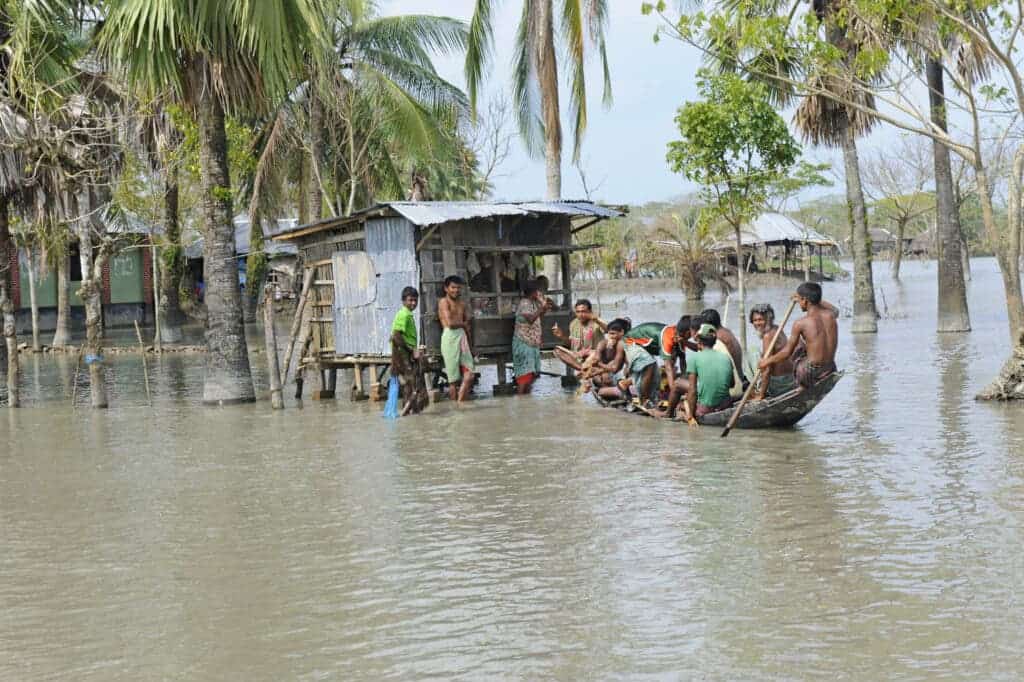Heat waves, drought, floods, and other climate hazards have worsened over half of the hundreds of known infectious diseases in people, including cholera, malaria, and hantavirus, according to a new study. The researchers found over 1,000 different pathways through which climate change effects can and will worsen the spread of infectious diseases.

A team of environment and health scientists went through decades of scientific papers on all known disease pathogens affecting humans to create a map of the kinds of risks aggravated by climate change — and their results are concerning.
Of a total of 378 human diseases, researchers found that 218 of them, over half, can be affected by climate change.
Rising temperatures, for example, can expand the life of mosquitoes that carry malaria. Droughts can bring rodents infected with hantavirus to towns and cities as they search for food and flooding can spread hepatitis. From the researchers’ point of view, adapting to all this won’t be possible, calling instead to reduce greenhouse gas emissions.
“Given the extensive and pervasive consequences of the COVID-19 pandemic, it was truly scary to discover the massive health vulnerability resulting as a consequence of greenhouse gas emissions,” Camilo Mora, lead author, said in a statement. “There are just too many diseases, and pathways of transmission, for us to think that we can truly adapt to climate change.”
Diseases and climate change
The researchers focused on ten climate-related hazards linked to rising greenhouse gas emissions: flooding, storms, ocean warming, land cover change, sea level rise, heat waves, drought, wildfires, rainfall, and atmospheric warming. Then they looked for studies that discussed quantifiable observations of human diseases linked to those hazards.
In total, they went through more than 77,000 scientific papers. Of those, 830 had a climatic hazard affecting a disease in a specific place and time. This allowed the researchers to create a database of climatic hazards, pathogens, diseases, and transmission pathways. They even made a map that shows the intricate pathways between hazards and pathogens.
The study found climate hazards are increasing the area and duration of environmental suitability facilitating the expansion of pathogens. Warming and rainfall, for example, were associated with the expansion of vectors such as mosquitoes. Climate hazards also lead to the migration of people, which can cause or increase new contact with pathogens.
The World Health Organization estimates that an additional 250,000 people will die every year between 2030 and 2050 because of proliferating diseases, such as malaria, as well as heat stress and malnutrition. The climate crisis “threatens to undo the last 50 years of progress in development, global health and poverty reduction,” the WHO said.
“We knew that climate change can affect human pathogenic diseases,” Kira Webster, co-author, said in a statement. “Yet, as our database grew, we became both fascinated and distressed by the overwhelming number of available case studies that already show how vulnerable we are becoming to our ongoing growing emissions of greenhouse gases.”
The study was published in the journal Nature.






